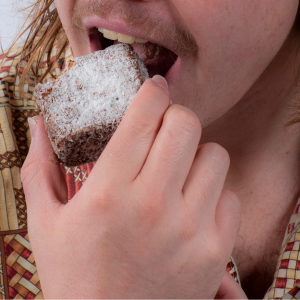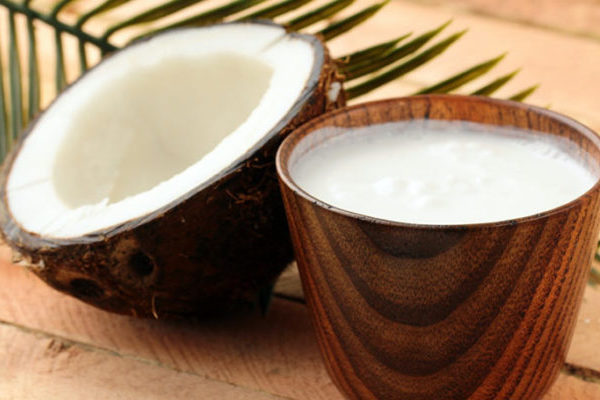
There’s no doubt about it, coconut is having a bit of a moment.
Like a prom queen in the spotlight, it’s fanning it’s face and batting it’s lashes. But is it really the one you want?
In the butter versus coconut oil debate, shit gets heated. Which one is healthier? Which one is more ethical? Which one has been interfered with the least? Which one doesn’t come with a wanky mascot touting it’s benefits? How does one even begin to choose what is right for their family’s nutrition?
With so much accessible dietary information on hand, it’s easy to be more confused than a martini without an olive. Before even getting to the nutritional comparison, lets start with the manufacture or extraction.
Butter
Un-homogenised milk and cream contain butterfat in microscopic globules. These globules are surrounded by membranes made of phospholipids (fatty acid emulsifiers) and proteins, which prevent the fat in milk from pooling together into a single mass. Butter is produced by agitating cream, which damages these membranes and allows the milk fats to conjoin, separating from the other parts of the cream.
Butter contains fat in three separate forms: free butterfat, butterfat crystals, and undamaged fat globules. In the finished product, different proportions of these forms result in different consistencies within the butter; butters with many crystals are harder than butters dominated by free fats.
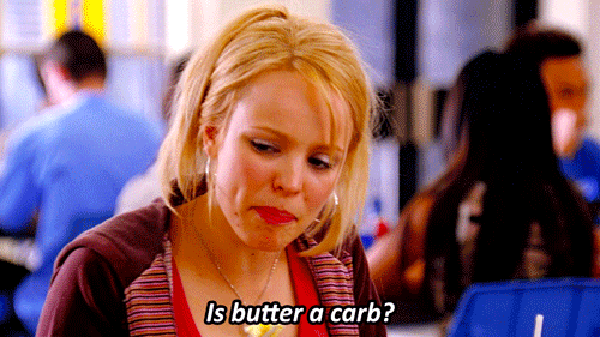
Churning produces small butter grains floating in the water-based portion of the cream. This watery liquid is called buttermilk””although the buttermilk most common today is instead a directly fermented skimmed milk. The buttermilk is drained off; sometimes more buttermilk is removed by rinsing the grains with water. Then the grains are “worked”: pressed and kneaded together. When prepared manually, this is done using wooden boards called scotch hands. This consolidates the butter into a solid mass and breaks up embedded pockets of buttermilk or water into tiny droplets.
Commercial butter is about 80% butterfat and 15% water; traditionally made butter may have as little as 65% fat and 30% water. Butterfat is a mixture of triglyceride, a triester derived from glycerol and three of any of several fatty acid groups. Butter becomes rancid when these chains break down into smaller components, like butyric acid and diacetyl.
It generally has a pale yellow colour, but varies from deep yellow to nearly white. Its unmodified color is dependent on the animals’ feed and is commonly manipulated with food colouring in the commercial manufacturing process, most commonly annatto or carotene.
Image via scribblelive.comI’m pretty sure extracting coconut oil isn’t half as sexy as churning butter.
Oils Ain’t Oils
Dry process
Coconut oil can be extracted through ‘dry’ or ‘wet’ processing. Dry processing requires that the meat be extracted from the shell and dried to create copra.The copra is pressed or dissolved with solvents, producing the coconut oil and a high-protein, high-fiber mash that is of little nutritional value.
Wet process
The wet process uses raw coconut rather than dried copra, and the protein in the coconut creates an emulsion of oil and water. This used to be done by prolonged boiling, but this produces a discoloured oil and is not economical. Modern techniques use centrifuges and pre-treatments including cold, heat, acids, salts, enzymes, electrolysis, shock waves, or some combination.
Conventional coconut oil processors use hexane as a solvent to extract up to 10% more oil than produced with just rotary mills and expellers. They then refine the oil to remove certain free fatty acids to reduce susceptibility to rancidification.
Other processes to increase shelf life include using copra with a moisture content below 6%, keeping the moisture content of the oil below 0.2%, heating the oil to 130150 °Cand adding salt or citric acid.
Virgin coconut oil (VCO) can be produced from fresh coconut milk, meat, or residue. Producing it from the fresh meat involves removing the shell and washing, then either wet-milling or drying the residue, and using a screw press to extract the oil. VCO can also be extracted from fresh meat by grating and drying it to a moisture content of 1012%, then using a manual press to extract the oil.
Producing it from coconut milk involves grating the coconut and mixing it with water, then squeezing out the oil. The milk can also be fermented for 3648 hours, the oil removed, and the cream heated to remove any remaining oil. A third option involves using a centrifuge to separate the oil from the other liquids. Coconut oil can also be extracted from the dry residue left over from the production of coconut milk.
RBD
RBD or “refined, bleached, and deodorized” oil is usually made from copra (dried coconut kernel).
The dried copra is placed in a hydraulic press with added heat and the oil is extracted. This yields up practically all the oil present, amounting to more than 60% of the dry weight of the coconut.
This “crude” coconut oil is not suitable for consumption because it contains contaminants and must be refined with further heating and filtering.
Unlike virgin coconut oil, refined coconut oil has no coconut taste or aroma. RBD oil is used for home cooking, commercial food processing, and cosmetic, industrial, and pharmaceutical purposes.
Hydrogenation
RBD coconut oil can be processed further into partially or fully hydrogenated oil to increase its melting point. Since virgin and RBD coconut oils melt at 24 °C , foods containing coconut oil tend to melt in warm climates. A higher melting point is desirable in these warm climates, so the oil is hydrogenated. The melting point of hydrogenated coconut oil is 3640 °C.
In the process of hydrogenation, unsaturated fats (monounsaturated and polyunsaturated fatty acids) are combined with hydrogen in a catalytic process to make them more saturated.
Coconut oil contains only 6% monounsaturated and 2% polyunsaturated fatty acids. In the partial hydrogenation process, some of these are transformed into trans fatty acids.
Did you know that hydrogenated coconut oil is sold in Australia under the brand-name Copha?
Nutritional Information
What the charts don’t show is that both butter and coconut oil have good amount of Omega 6 fatty acids.
What’s interesting is, that while coconut oil is much higher in saturated fat than butter, coconut oil has phytosterols that help the body break down saturated fats.
Multipurpose
Having spent years in apartment style living, I love anything multifunctional that does more than one job. Hello Ikea!
While butter is great as a spread, or in a cake, it doesn’t have much of a place outside the kitchen.
Coconut oil on the other hand is the king of being used for more than one thing. You can eat it, add it to smoothies, moisturise your body, face and hair; and use it as lube.
There’s pro’s and con’s for both, most people I speak to are confused and as a mum, I use both.
I love butter on my toast and coconut oil in my baked treats.

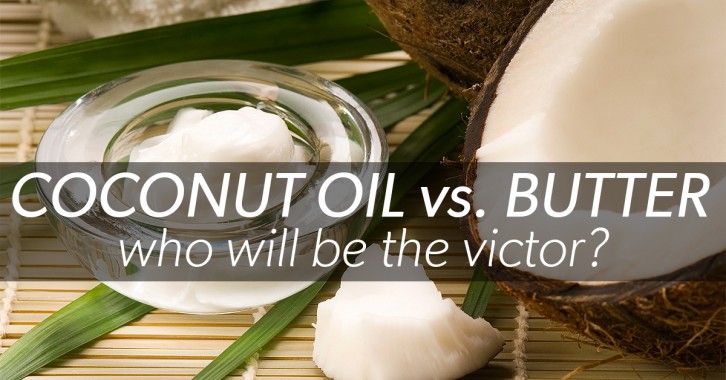
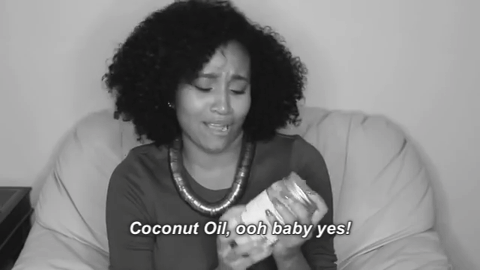
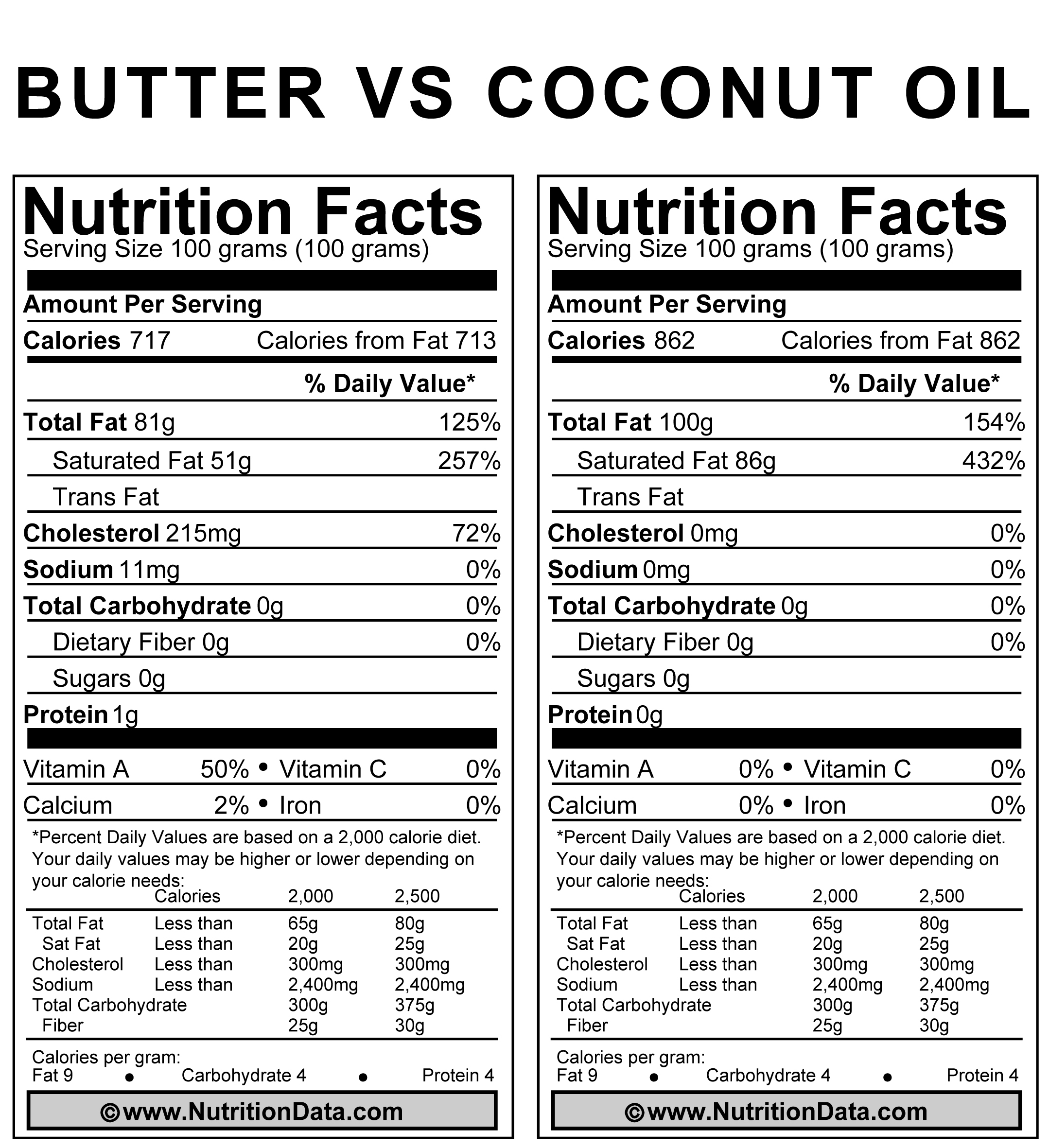
 Top 14 Online Adult Shops in Australia
Top 14 Online Adult Shops in Australia  List of Environmentally Friendly Disposable Nappies (and...
List of Environmentally Friendly Disposable Nappies (and...  List of the Best Weight Loss Shake...
List of the Best Weight Loss Shake...  Where to Buy Wholesale Vibrators to Sell...
Where to Buy Wholesale Vibrators to Sell...  Our Honest Bed Threads Review 2021
Our Honest Bed Threads Review 2021 

